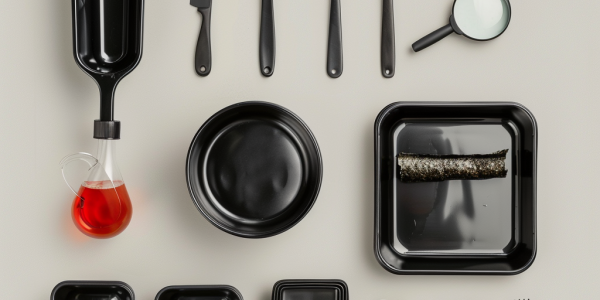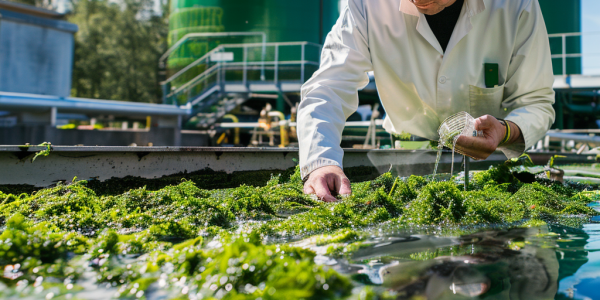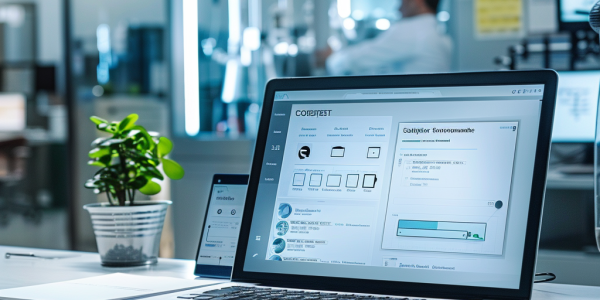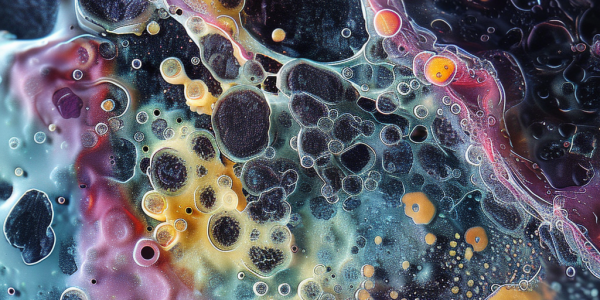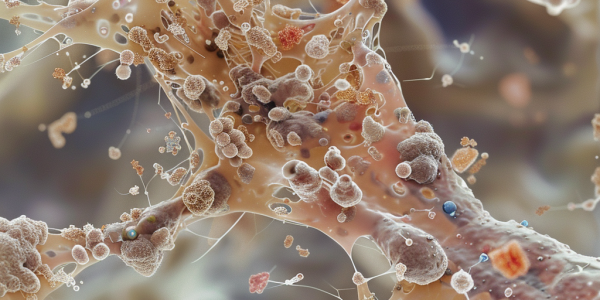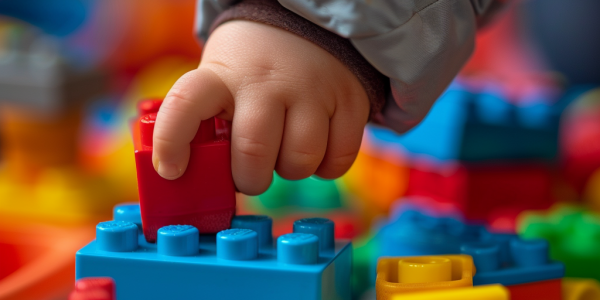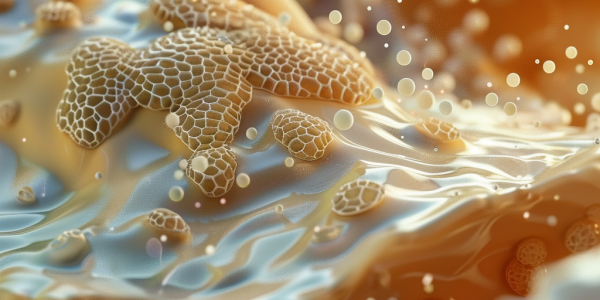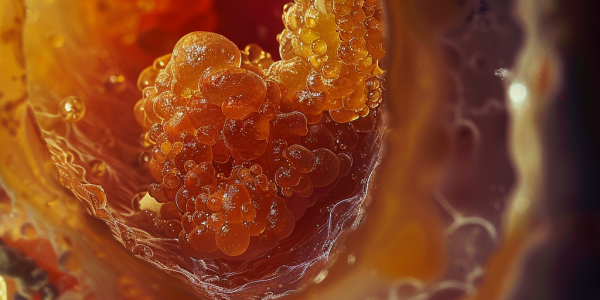Health Risks of Flame Retardants in Black Plastics Uncovered
Recent research reveals alarming health risks linked to flame retardants in black plastics, commonly found in kitchen tools and children’s toys. The study, published in Chemosphere, highlights the dangers of hazardous chemicals like decabromodiphenyl ether (decaBDE), banned by the EPA in 2021, yet still present in consumer products. Experts warn against using black plastic for food-related items, stressing the need for awareness about recycled materials and their potential health impacts.
Study Reveals Toxic Flame Retardants in Common Black Plastic Household Items
Recent research published in Chemosphere reveals alarming levels of toxic flame retardants in common black plastic household items, including food-contact materials. The study highlights serious health risks associated with these chemicals, linked to cancer and endocrine disruption. With flame retardants detected in sushi trays and kitchen utensils, the findings emphasize the urgent need for safer alternatives and stricter regulations on plastic products. Consumers are urged to stay informed and advocate for healthier choices in their everyday purchases.
Umeå University’s Waste2Plastic Project Secures SEK 15 Million for Biodegradable Plastics
Umeå University’s Waste2Plastic project has received SEK 15 million from the Swedish Energy Agency to develop biodegradable plastics from microalgae in wastewater. This initiative aims to create sustainable alternatives to fossil fuel-based plastics, addressing the global plastic pollution crisis while promoting a circular economy.
Navigating Online Privacy and Innovations in Thermoelectric Materials
In the digital age, understanding online privacy and the role of cookies is essential for safeguarding personal data. This article explores essential and optional cookies, their implications for user privacy, and the importance of reviewing privacy policies. Additionally, it highlights advancements in thermoelectric plastics that could revolutionize energy efficiency in wearable technology, merging data protection with innovative material science.
Microplastics Found in Human Penises Raise Health Concerns
Groundbreaking study reveals microplastics found in human penises for the first time, raising concerns about potential health implications. Experts warn of infiltration into vital organs, with polyethylene terephthalate (PET) and polypropylene (PP) being common types detected. Further research needed to explore links to conditions like erectile dysfunction (ED) and determine potential pathology levels.
Study Reveals Link Between Micro- and Nanoplastics Exposure and Major Diseases
Recent research reveals a concerning link between human exposure to micro- and nanoplastics (MnPs) and major diseases such as cancer, diabetes, cardiovascular disease, and chronic lung disease. The study highlights the potential health risks associated with MnPs, especially in infants, and underscores the need for a global One Health approach to address plastic pollution and its impact on non-communicable diseases.
Microplastics Found in Blood Clots Raise Health Concerns
Recent studies have found microplastics in blood clots removed from arteries in the heart, brain, and legs, indicating a potential link between these particles and human health. The research, conducted in China, identified various types of microplastics in the blood clots, with concentrations varying among the samples. These findings raise concerns about the impact of microplastics on human health and highlight the need for further investigation.
Study Finds Plastic Toy Building Bricks Contribute to Microplastic Pollution
Recent research has revealed that plastic toy building bricks can contribute to microplastic and nanoplastic pollution within households and childcare settings. The University of Newcastle study found that playing with these bricks releases thousands of tiny particles, posing potential health risks. This highlights the need for caution and further investigation into the impact of these plastic particles on indoor environments.
Study Reveals Skin Absorption of Toxic Flame Retardants in Microplastics
Recent research has revealed the potential health risks associated with toxic flame retardants found in everyday items like plastics and electronics. The study showed that sweatier skin absorbs more cancer-causing chemicals known as PBDEs when in contact with microplastics, highlighting skin absorption as a concerning route for human exposure. This evidence underscores the need for regulators to address the risks of these substances, which have been linked to cancer and endocrine disruption.
Study Finds Microplastics in Human Gallstones, Raises Concerns
Recent study reveals that exposure to microplastics can worsen gallstone formation, with younger individuals showing higher levels of toxic substances. Microplastics, found in various environmental sources, have been linked to potential health risks like Parkinson’s disease and antibiotic resistance. Researchers stress the importance of reducing plastic usage to mitigate these risks.


